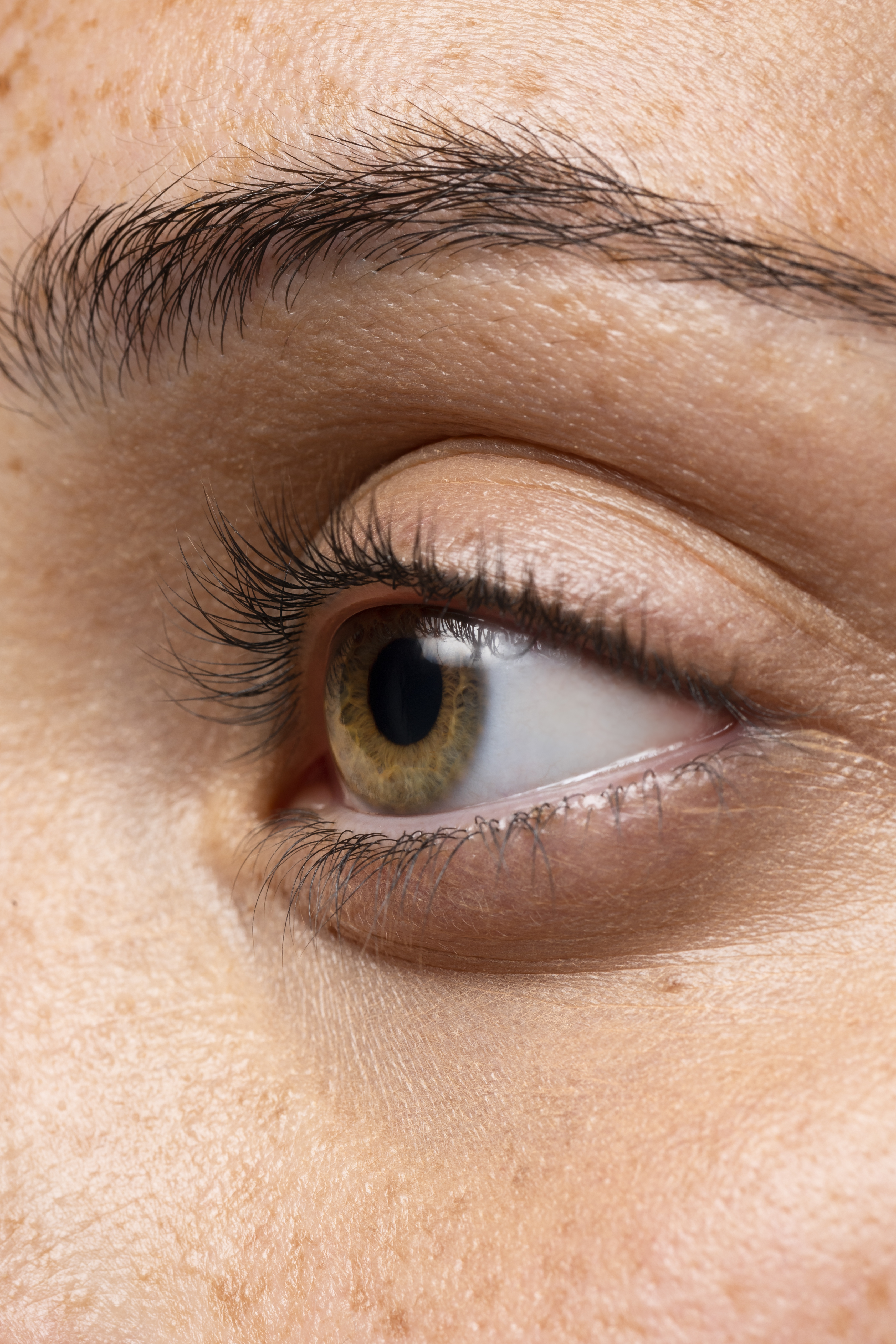Almond Eye
Professional medical service with experienced doctors and modern techniques.





Description
Almond Eye Surgery (Canthoplasty)
Almond-shaped eyes have a slightly upward-tilted outer corner (canthus), with the lower eyelid resting just below the lower edge of the iris. Almond eye surgery is performed to correct the sagging of the lower eyelid, a common condition that can cause a tired, sad, or withdrawn appearance.
This procedure is a specialized form of blepharoplasty and must be performed by a highly skilled eyelid surgeon. Traditional blepharoplasty is effective in reducing excess tissue; however, it does not correct changes in the contour of the eyelid. Almond Eye Surgery, on the other hand, focuses on reshaping the eyes rather than reducing skin or eye bags. For this reason, it is particularly preferred by individuals who specifically wish to enhance their eye shape.
When Should Almond Eye Surgery Be Considered?
To correct improper positioning of the eyelid,
If there is drooping at the outer corners of the eyes, under-eye bags, or sagging eyelids,
If wrinkles are present around the eyes,
If you want to postpone a facelift procedure for a certain period.
If you experience one or more of the above concerns, are in good general health, have realistic expectations, and feel emotionally ready with a positive outlook, you may be an excellent candidate for this procedure.
Tekniklers
Almond Eye Surgery and Surgical Correction of Sagging Lower Eyelids
Almond eye surgery and the surgical correction of sagging lower eyelids involve complex procedures with very little margin for error. Since the eyelid is a delicate, multi-layered structure, these operations must only be performed by highly skilled oculoplastic surgeons who can ensure meticulous planning and execution.
Almond Eye Surgery is performed under local or general anesthesia and consists of three critical components:
- Septo-retractor recession for the lower eyelid,
- Mucograft implant,
- Lateral canthoplasty.
Although the surgery is detailed and complex, it is carried out from the inner side of the eyelid, leaving no visible scars. The natural retractor bands within the eyelid are released through a conjunctival incision. An expansion graft is then placed, and sutures are applied to elevate the eyelid and prevent the retractor from reattaching.
The canthoplasty procedure repositions the lateral canthal tendon to provide additional support to the eyelid and correct the canthal tilt. In other words, it restores the proper angle between the medial and lateral canthus.
Before Surgery
Pre-Consultation for Almond Eye Surgery
Before proceeding with almond eye surgery, patients undergo a comprehensive consultation where we discuss their aesthetic goals and carefully evaluate the anatomy of the eyes.
This assessment helps determine the patient’s suitability for the procedure and allows us to create a personalized treatment plan aligned with their expectations.
By understanding each patient’s unique concerns and desired outcomes, we ensure a customized approach that delivers satisfying and natural-looking results.
Surgery
During Almond Eye Surgery
During almond eye surgery, our surgeons make incisions along the natural creases of the eyelids, minimizing the risk of visible scarring.
With meticulous precision, they reshape the inner corners of the eyes, remove any excess tissue, and adjust the eyelid crease to create a more defined and elongated appearance.
This careful approach ensures natural and harmonious results, enhancing overall symmetry and balance while improving the aesthetic appearance of the eyes.
After Surgery
Results and Recovery After Almond Eye Surgery
When performed by an experienced surgeon, the results of almond eye surgery are natural and long-lasting, without causing dramatic changes to the eyes or overall facial appearance. For this reason, most patients are highly satisfied with the outcome.
- It is very important to carefully follow all instructions provided by your surgeon to ensure a healthy recovery process.
- Unless medically necessary, hospitalization is not required.
- Follow-up appointments will be scheduled by your surgeon in the days after surgery.
- Returning to your daily routine may take a few days.
- For the first two or three days, you may experience tightness, pulling, stinging, and mild pain around the stitches. These symptoms can be managed with pain relievers.
-Immediately after surgery, bruising, tightness, and numbness around the surgical area are expected. Bruising typically subsides within four to five days, while tightness and numbness may persist for several months.
- You may feel tired and sensitive during the recovery period.
- Smoking reduces circulation, delays wound healing, and significantly increases the risk of serious complications. Therefore, you should quit smoking at least four weeks before and four weeks after your procedure.
What Our Patients Said
Elevate Your Beauty Experience with Medicci
Whether you are considering a facelift, liposuction, or rejuvenating treatments, our surgeon is ready to create a personalized plan for you.
Frequently Asked Questions
Recovery time varies depending on the procedure and individual factors. Your surgeon will provide specific guidance.
Book Now
Related Services

Eyebrow lifting / Fox Eyes

Eyelid Surgery (Blepharoplasty)


